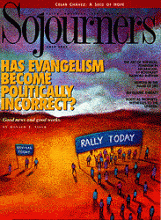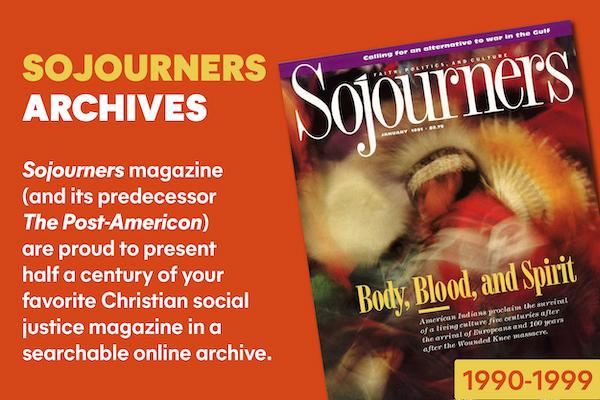Most Christians have some awareness of Celtic spirituality. Whether it is familiarity with blessed St. Patrick, exposure to that great Celtic hymn "Be Thou My Vision," or more recently inspiration offered by Van Morrison's mysticism, we all know something of the rich and peculiar form of Christianity that traces its development to Scotland, Ireland, and Wales some 1,500 years ago. Esther de Waal does a marvelous job of describing important elements of Celtic spirituality, reflecting upon them, and considering their many implications for our lives of faith today.
De Waal contends that Celtic Christianity is especially relevant to our day and age. Christianity is often charged with contributing to creation's destruction. But Celtic Christians had a high regard for God's good Earth.
George Macleod, the man primarily responsible for founding the Iona Community in Scotland and a great promoter of the Celtic Christian vision, once told de Waal: "Everyone today keeps asking, 'What is the matter?'...and the short answer is matter is the matter. It is our view of matter, the extent to which the Church has spiritualized the faith and set it apart from the material world, that has brought us where we are today."
De Waal notes the timeliness of reclaiming the Celtic vision: "The contemporary concern with green issues and with ecology, and the popularity of writings on creation spirituality, are all evidence of the urgent need to recover and restore what we have neglected and forgotten." Many Celtic Christians, including St. Patrick, learned to pray outside and they often noted that creation reveals God.
Read the Full Article

